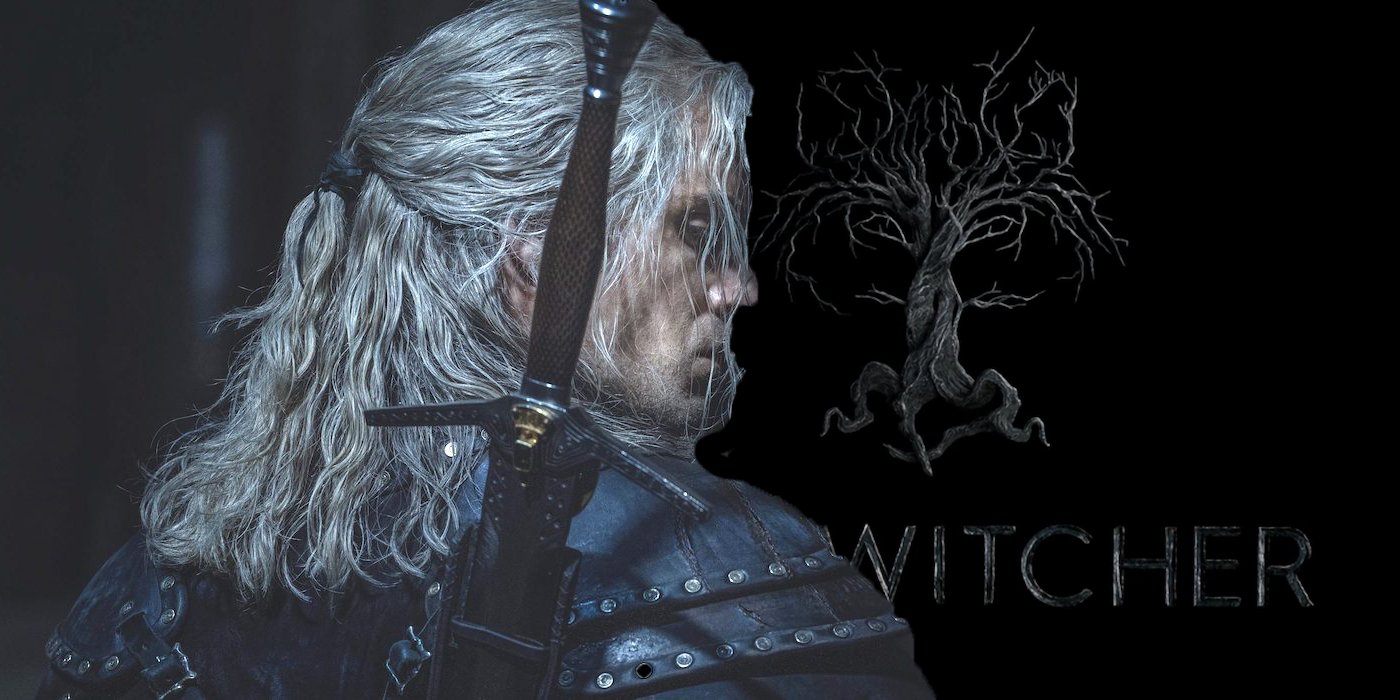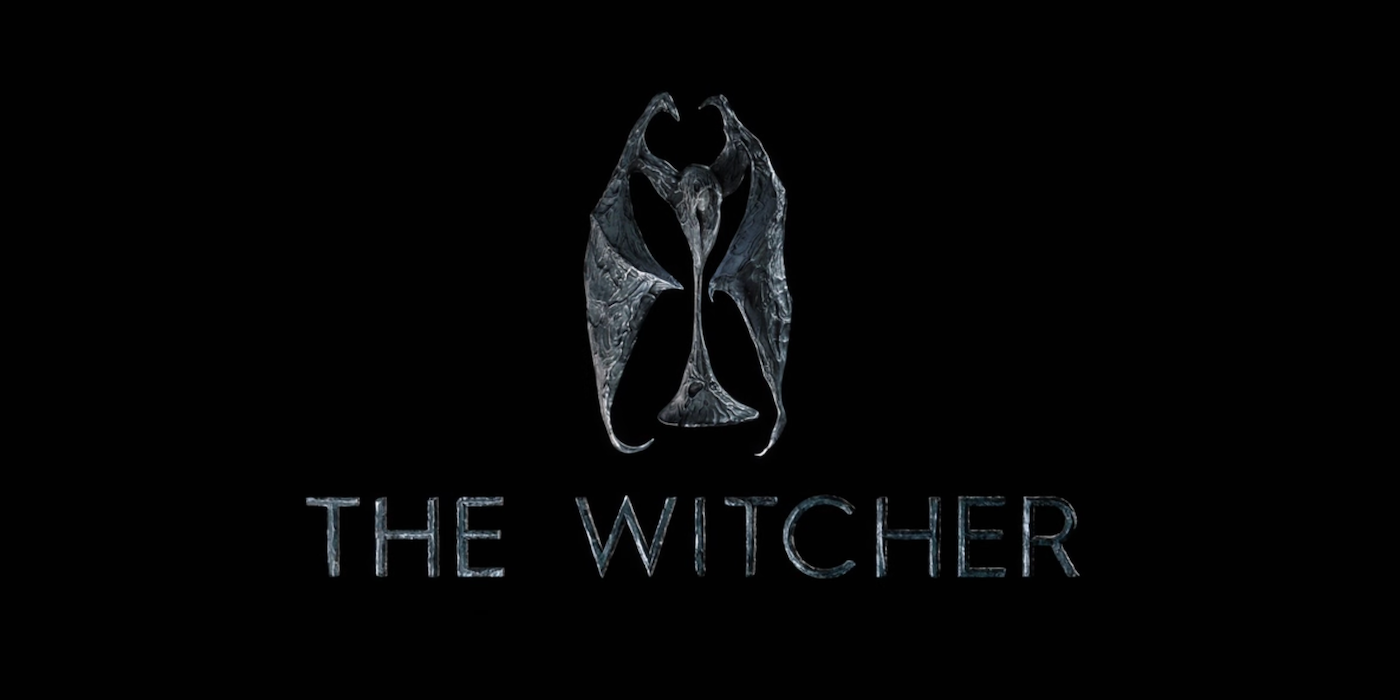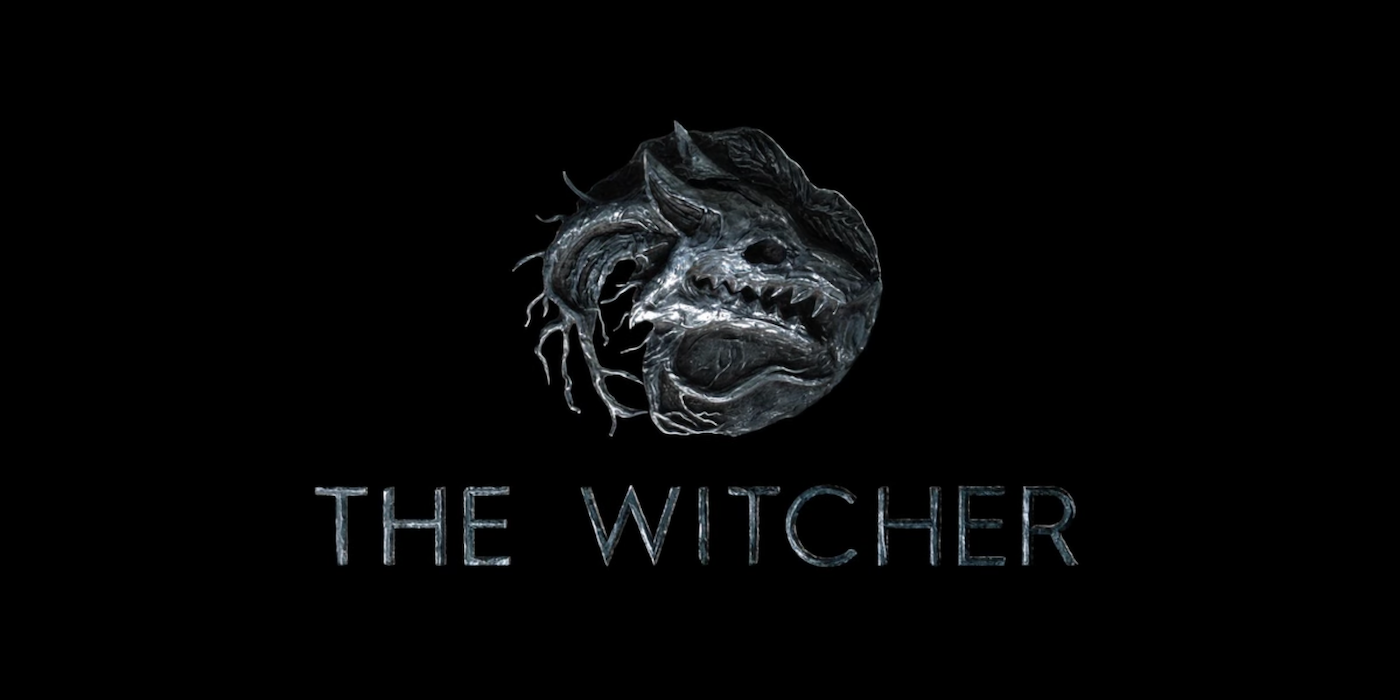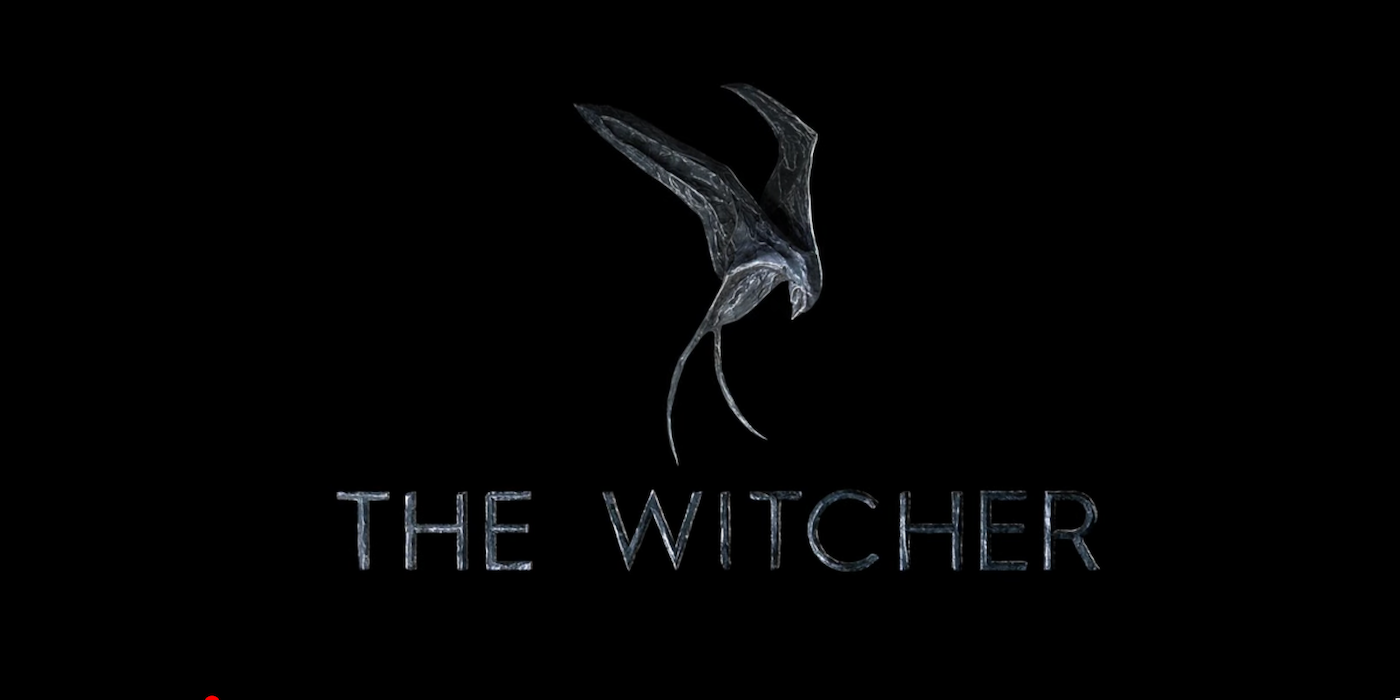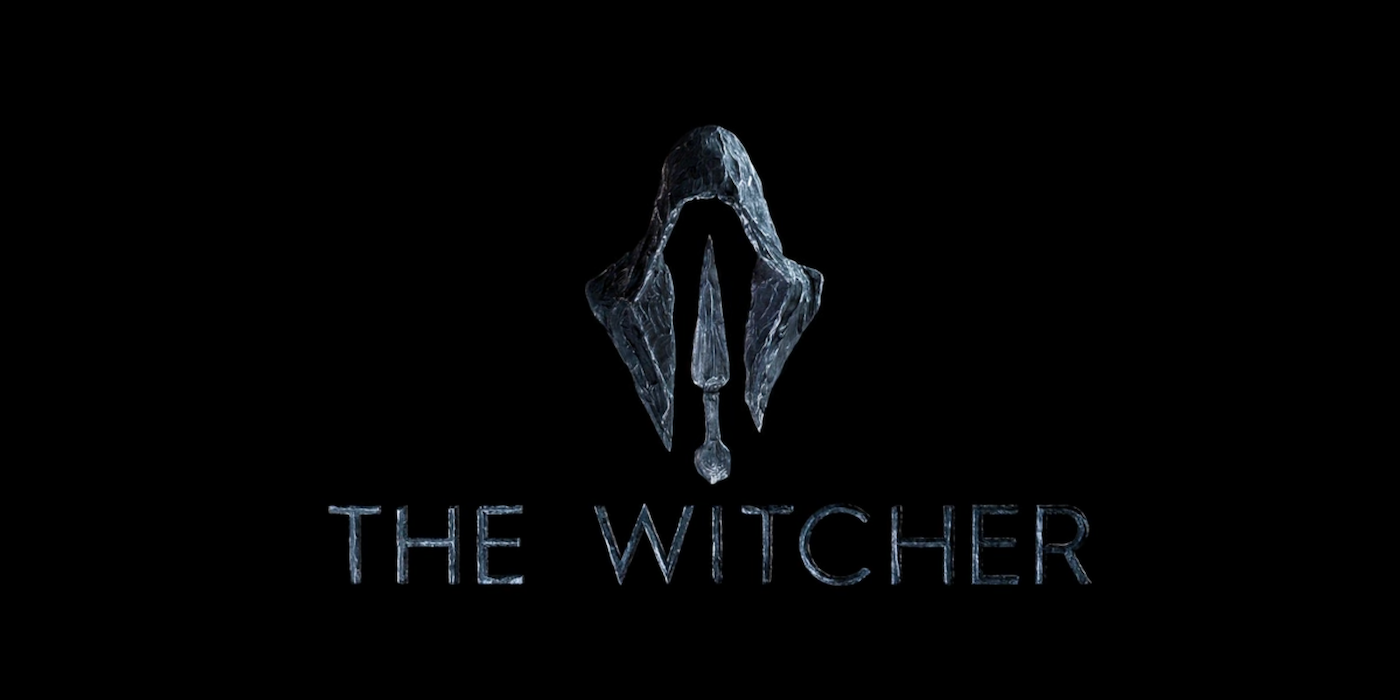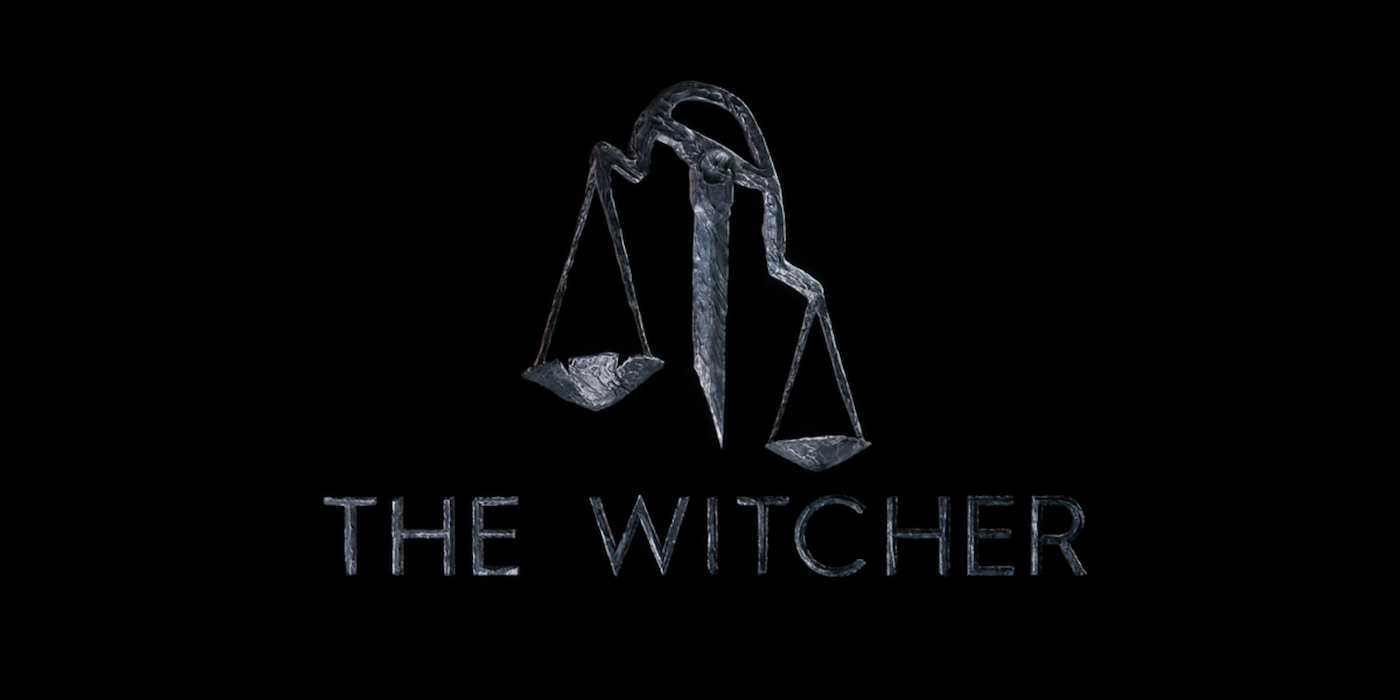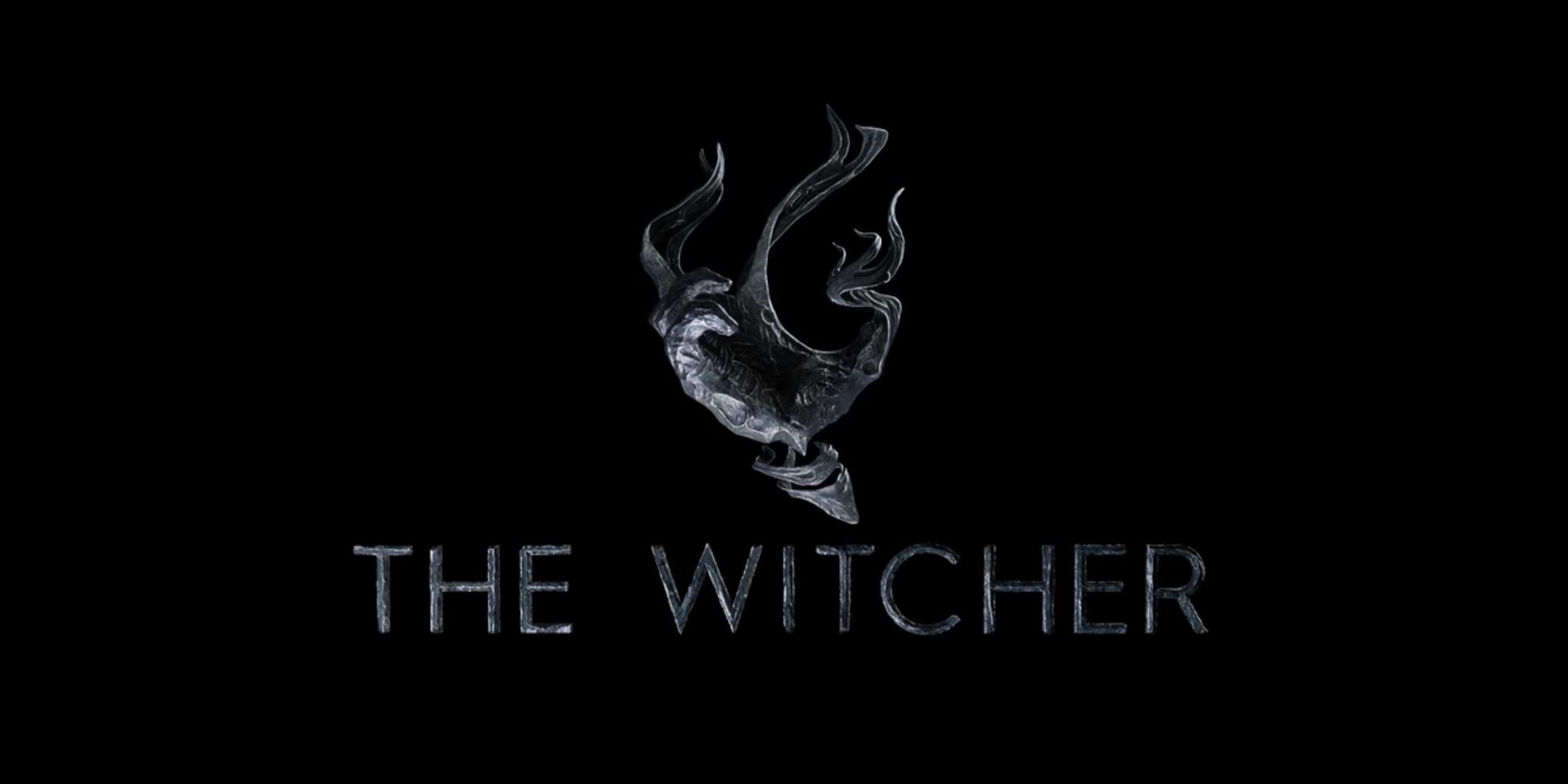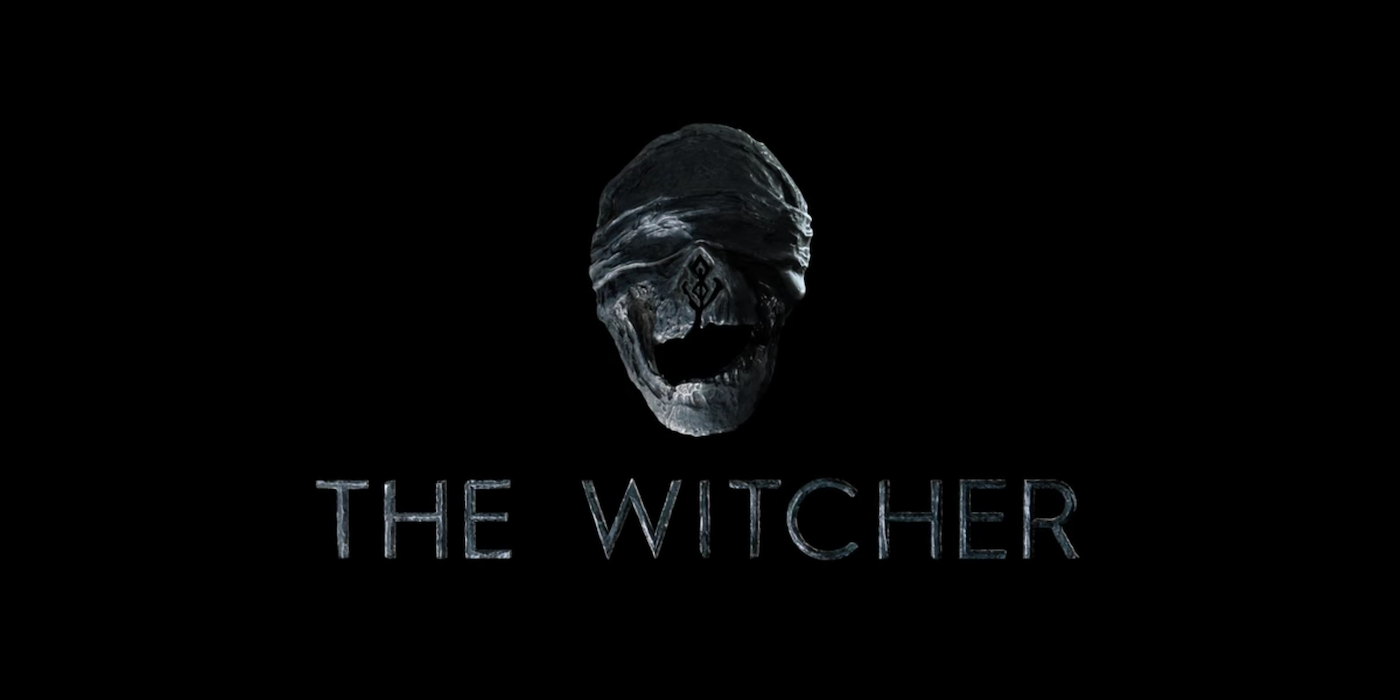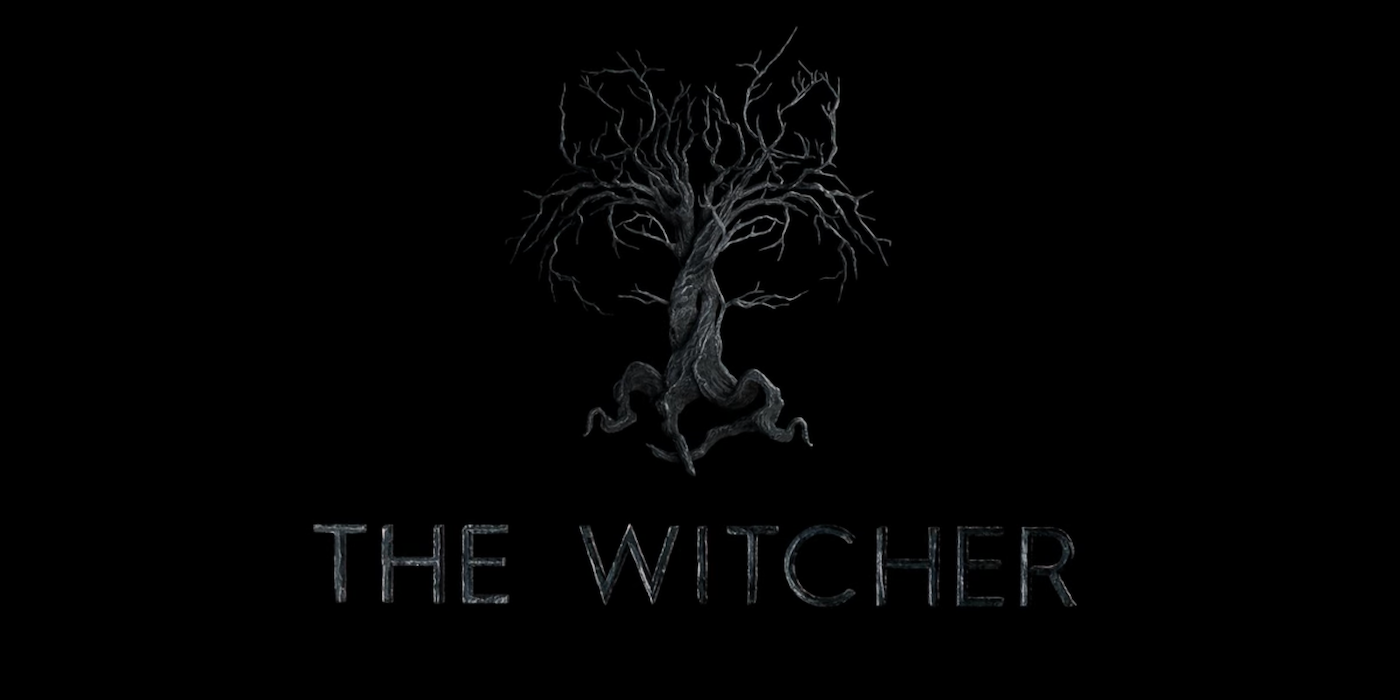Much like the first season, The Witcher season 2 has a different symbol in the opening credits of each episode, which reference characters or story points from that episode. The much-anticipated second season of the Netflix show, based on the popular fantasy book series by Andrzej Sapkowski, released on December 17 and picked up from where season 1 left off on the stories of the Witcher, Geralt of Rivia (Henry Cavill), Ciri (Freya Allen), and Yennefer (Anya Chalotra). Following the source material, there were also a whole bunch of new characters and monsters that were introduced to viewers.
Though the symbols of each episode of The Witcher may be understood by fans of the books and video games, some of those watching the series may want to get a better understanding of what they mean. The story of The Witcher season 2 follows Geralt after his destined run in with Princess Cirilla, as he returns with her to the home base of the Witchers in order to train and protect her. During this time, Yennefer of Vengerberg struggles to regain her magic and find a new path for herself after her actions during the Battle of Sodden Hill. The plight of the three central characters takes place against the backdrop of turmoil, as a war between Nilfgaard and the Kingdoms of the North continues.
Just like the episode titles, each symbol shown at the start of each episode of The Witcher hints at what is coming ahead, and what major plot point, character, or monster is going to be the focus. While some symbols directly reference elements from the story, others are more open to interpretation. Here's each opening credits symbol and what they mean.
Episode 1: "A Grain of Truth"
In the opening credits of The Witcher season 2, episode 1, "A Grain of Truth," the symbol is of a strange winged creature. Initially, one might think it's a dragon, but the episode quickly reveals what it actually is. The title of the episode is taken from the Beauty and the Beast-inspired short story by Andrzej Sapokowski in which Geralt meets Nivellen, a man cursed with the form of a beast and his bruxa (a type of vampire) lover, Vereena. In her most non-threatening form, Vereena appears as a beautiful, if eerie-looking young woman. However, her true form is that of a monstrous bat-like creature, which is what the title card symbol depicts.
Episode 2: "Kaer Morhen"
In The Witcher season 2, episode 2, "Kaer Morhen," Geralt returns with Ciri to Kaer Morhen, the ancient fortress that is home to the Witchers. The title card of the episode fittingly features a Witcher medallion, with a symbolic wolf head. However, it's not just a random medallion, but the one belonging to Eskel, with what appear to be roots sprouting from the left-hand side of the symbol. As with the previous episode, the logo of the episode foreshadows the story: in the episode, Eskel is infected by a tree-like creature known as a Leshy and begins to turn into a tree creature himself, sprouting branches.
Episode 3: "What Is Lost"
The symbol featured in The Witcher season 2, episode 3, "What is Lost," is a little more mysterious regarding what it symbolizes. It depicts a swallow (or a similar bird) with what appears to be broken wings. In the books, the swallow is Ciri's emblem, though this has yet to be addressed on the Netflix show. The episode focuses largely on Ciri's story and her Witcher training at Kaer Morhen, so the symbol makes sense. In a deeper layer of symbolism, however, Ciri has been broken by the loss of her family, her kingdom, and learning of her newfound powers, and she spends much of season 2 feeling lost and broken. Fittingly, her sparrow logo symbolizes how weak she's feeling as she begins her training - but hints that she'll eventually soar.
Episode 4: "Redanian Intelligence"
The title of The Witcher season 2, episode 4, "Redanian Intelligence" refers to a secret service known as the most effective intelligence agency in the world of The Witcher. The symbol of the cloak and dagger, along with the title, allude to Sigismund Dijkstra, the head of the Redanian Intelligence, as he makes his first appearance in episode 4. The same episode also sees Jaskier's return. However, far more than a mere bard in The Witcher season 2, Jaskier now operates as the Sandpiper, running an underground operation to smuggle Elves out of the country. Thus, the episode's logo also symbolizes Jaskier's unexpected cloak-and-dagger work.
Episode 5: "Turn Your Back"
The opening of The Witcher season 2, episode 5, "Turn Your Back" features a set of scales that are out of balance. Since scales are a common symbol to denote justice and weighing choices, this could relate to many things going on in the show. A major theme this season is maintaining balance in all things. But the scales also oddly seem to be attached to something that looks less like tht stand of a scale and more like a jagged rock. As Geralt spends the episode digging into the mystery of the monoliths and the conjunction, the episode's logo pulls double-duty symbolism.
Episode 6: "Dear Friend"
The symbol in The Witcher season 2, episode 6, "Dear Friend," is rather straightforward, depicting a hand turning to flames. It's clearly a reference to Rience, a fire mage who is instructed to hunt down Ciri for mysterious reasons. He causes a lot of damage this episode, first attacking Vesemir and Triss in Kaer Morhen and then Geralt, Yennefer, and Ciri at the Temple of Melitele. The hand turning to fire is also symbolic of not just Rience's powers, but what happens when they turn against him. In an earlier episode, Yennefer rescues Jaskier from Rience's clutches by using a bottle of alcohol to turn his fire back on him, savagely burning half of the fire mage's face.
Episode 7: "Voleth Meir"
The skull depicted blindfolded and open-mouthed appears to be a reference to the titular character of The Witcher season 2, episode 7, "Voleth Meir." Voleth Meir is the Elven name for the Deathless Mother, a demon that feeds on pain and takes the form of an elderly woman. It is known that the first Witchers were hired to imprison her in a hut, where she had remained since before breaking free. In The Witcher episode, Voleth Meir manipulates Yennefer into helping her break free of her confinement. The end of the episode shows her possessing Ciri by taking the form of embers and flying into Ciri's face, melting into her body.
Episode 8: "Family"
The title card for the season finale of The Witcher season 2, "Family," shows three spheres orbiting before crashing into each other (depicting the Conjunction of Spheres), and their pieces reforging into the shape of a tree. Considering the importance of it in the season 2 finale, the symbol is, specifically, the Medallion Tree at Kaer Mohren. In the episode, the tree is in the background of the cataclysmic scene in which Geralt, Yennefer, Jaskier, and the Witchers are attempting to stop the Deathless Mother from causing destruction while in control of Ciri's mind and abilities. The symbol and title of this episode, "Family," refers to the mystery of Ciri's family tree. But the title also references the fact that, by the end of the episode, she, Geralt, and Yennefer have been bound together to create a newfound family.

